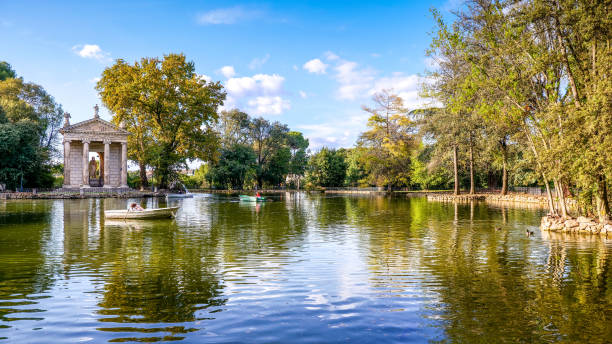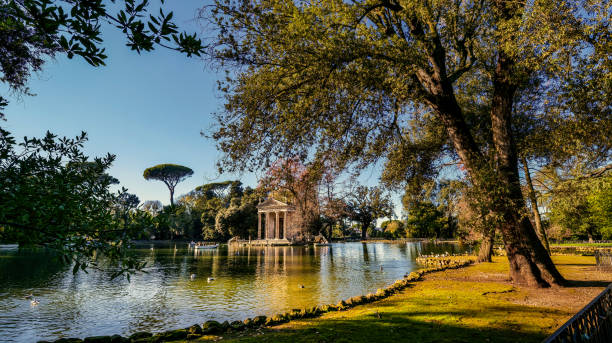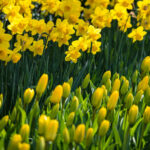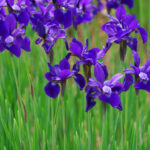Nestled within the sprawling and verdant grounds of the Villa Borghese Gardens in Rome, Villa Borghese Lake is one of the city’s most serene and picturesque spots. This charming artificial lake, surrounded by lush trees and gently sloping lawns, offers a peaceful respite from the bustling streets of the Eternal City. The lake, with its elegant Temple of Aesculapius reflecting in the water, has long been a favorite destination for both locals and tourists looking for a moment of calm amidst the cultural and historical grandeur of Rome.



In this guide, we’ll explore the beauty, history, and attractions of Villa Borghese Lake, along with tips on how to make the most of a visit to this serene haven.
A Glimpse Into Villa Borghese Gardens
Before delving into the lake itself, it’s important to understand the historical and cultural significance of Villa Borghese Gardens. The gardens are among the largest and most well-known parks in Rome, stretching over 80 hectares (198 acres) in the city’s northern quarter. They were originally part of the grand estate owned by Cardinal Scipione Borghese, an influential art collector and patron of the arts in the early 17th century. The park was designed in a mix of English and Italian styles, blending formal gardens with more natural landscapes, creating a park that feels both cultivated and wild at the same time.
Villa Borghese Gardens houses several attractions, including the Borghese Gallery, a world-renowned art museum featuring works by masters such as Bernini, Caravaggio, and Raphael. The park is also home to several museums, theaters, fountains, and statues, making it a rich cultural landscape in addition to its natural beauty.
At the heart of these gardens lies the Villa Borghese Lake, a tranquil escape where visitors can relax, enjoy nature, and take in one of the most idyllic settings in Rome.
The Beauty of Villa Borghese Lake
Villa Borghese Lake, or “Laghetto di Villa Borghese,” is a man-made body of water designed to mimic the romantic aesthetics of a classical garden lake. The lake’s calm, reflective surface is surrounded by carefully landscaped greenery, making it a favorite spot for leisurely walks, picnics, and photography. On sunny days, the surface of the water shimmers, reflecting the surrounding trees, the blue sky, and the historic monuments that dot its edges.
The lake’s most iconic feature is the Temple of Aesculapius, a small but elegant structure situated on a tiny island near the center of the lake. Built in the 18th century, this temple was dedicated to Aesculapius, the Roman god of medicine and healing. Its classical design, with Corinthian columns and a triangular pediment, gives it an ancient, timeless quality that complements the natural surroundings. The temple appears as though it has always belonged to this serene landscape, creating a perfect harmony between architecture and nature.
Visitors to Villa Borghese Lake often rent small rowing boats to paddle around the water, offering a unique perspective on the temple and the park’s beauty. The gentle act of rowing on the still waters adds to the peacefulness of the experience, allowing visitors to escape the noise and crowds of the city just beyond the park’s gates.
A Hub of Wildlife and Natural Beauty
Villa Borghese Lake is not just an aesthetic masterpiece; it is also home to a variety of wildlife, particularly birds. Ducks, swans, and geese glide gracefully across the water, while pigeons, sparrows, and other birds flit among the trees and along the lake’s edges. The presence of these creatures, combined with the natural beauty of the lake, creates an enchanting atmosphere where visitors can reconnect with nature.
The surrounding trees provide shade and shelter, creating cool, quiet spots perfect for picnicking or reading a book. Visitors often find themselves sitting on the soft grass or on the benches that line the lake, simply enjoying the view and the sound of birdsong. The variety of plant life around the lake also adds to its charm, with a mix of native and ornamental trees, shrubs, and flowers blooming throughout the year.
A Romantic Setting in the Heart of Rome
Villa Borghese Lake has long been considered one of Rome’s most romantic spots. Couples can often be seen strolling hand in hand along the water’s edge or enjoying a private boat ride on the lake. The combination of the lush greenery, the serene water, and the classical architecture creates a perfect backdrop for romantic moments, whether it’s a quiet conversation on a bench, a shared gelato by the water, or a rowboat ride under the gentle shade of the trees.
For those seeking a more active way to explore the park, Villa Borghese offers bicycle rentals, which allow visitors to easily navigate the gardens and circle around the lake. The park’s well-maintained paths make it easy to explore not only the lake but also the many other hidden gems within Villa Borghese, such as the secret garden, the water clock, or the Pincio Terrace with its panoramic views over Rome.
Cultural and Historical Significance
The Temple of Aesculapius, located on the lake’s island, adds a layer of cultural and historical depth to the site. The temple was constructed in the late 18th century as part of a larger movement during the Italian Renaissance to create spaces that reflected classical ideals. Modeled after ancient Roman temples, the Temple of Aesculapius was built as a decorative feature rather than a functioning temple, though its symbolism remains important.
Aesculapius, as the god of medicine, represents healing and well-being, making the temple’s location on the lake especially fitting. The peaceful atmosphere of the lake, combined with the temple’s association with health, creates a sense of tranquility and restoration. Visitors often feel a sense of rejuvenation as they spend time by the lake, surrounded by natural beauty and classical architecture.
Tips for Visiting Villa Borghese Lake
If you’re planning to visit Villa Borghese Lake, here are some tips to make the most of your experience:
- Rowing Boat Rental: Renting a boat is one of the best ways to experience the lake. The boats are available for rent near the lake’s shore, and a gentle paddle around the water offers a peaceful and scenic way to view the Temple of Aesculapius up close.
- Picnicking: Pack a picnic and find a quiet spot near the lake. The surrounding lawns are ideal for spreading out a blanket and enjoying a meal in nature.
- Photography: The lake and the temple offer countless opportunities for photography, especially in the early morning or late afternoon when the light is soft and golden. Be sure to capture the reflections in the water, the wildlife, and the park’s natural beauty.
- Explore the Park: After visiting the lake, take time to explore the rest of Villa Borghese Gardens. The park is home to numerous museums, including the Borghese Gallery, as well as fountains, sculptures, and other architectural gems.
- Seasonal Beauty: Villa Borghese Lake is beautiful year-round, but the park takes on a particularly magical quality in the spring and autumn. In spring, flowers bloom and trees are lush and green, while in autumn, the leaves change color, creating a tapestry of reds, oranges, and yellows around the lake.
Conclusion
Villa Borghese Lake is a hidden gem in the heart of Rome, offering a peaceful escape from the city’s fast-paced energy. Its combination of natural beauty, wildlife, and classical architecture makes it a must-visit destination for anyone exploring the Villa Borghese Gardens. Whether you’re enjoying a quiet walk, rowing on the lake, or simply sitting by the water, Villa Borghese Lake provides a serene and memorable experience, allowing visitors to immerse themselves in the timeless beauty of Rome’s green heart.







